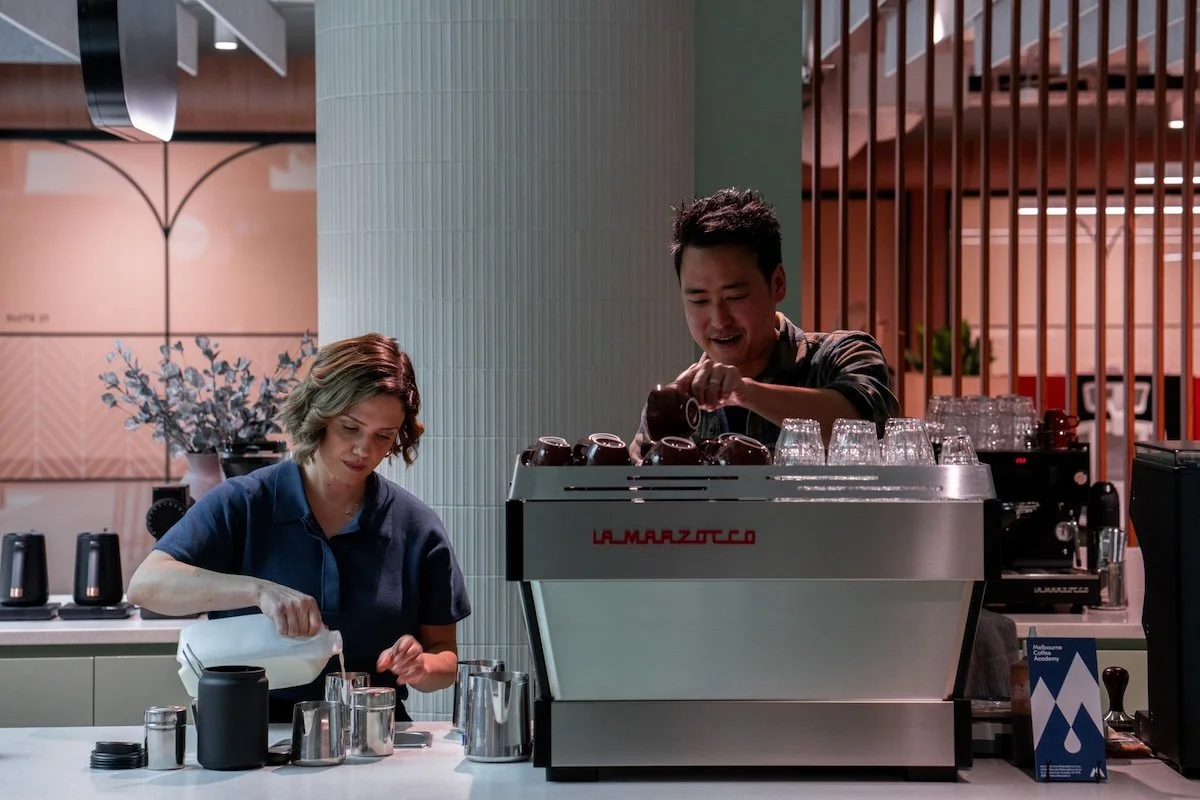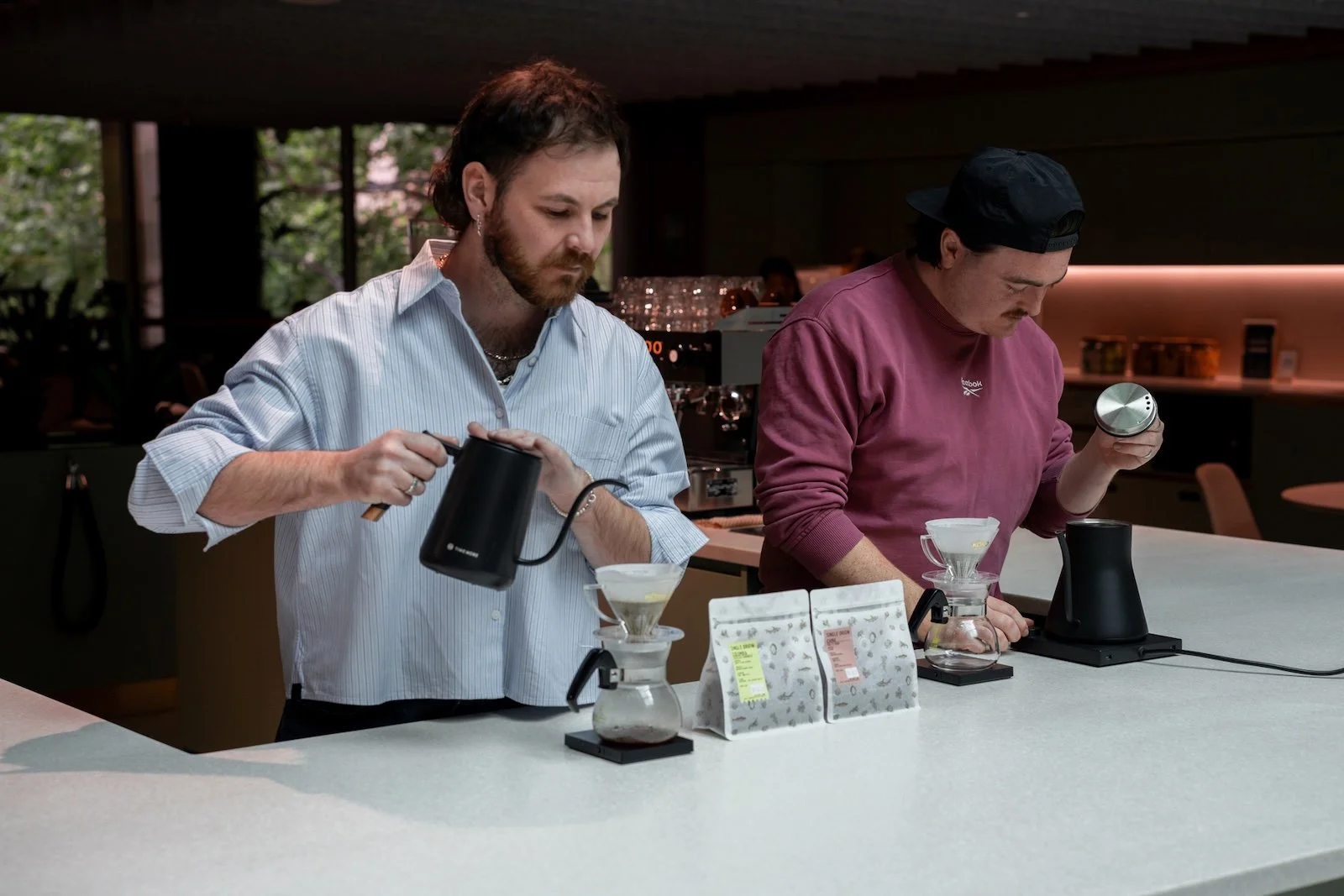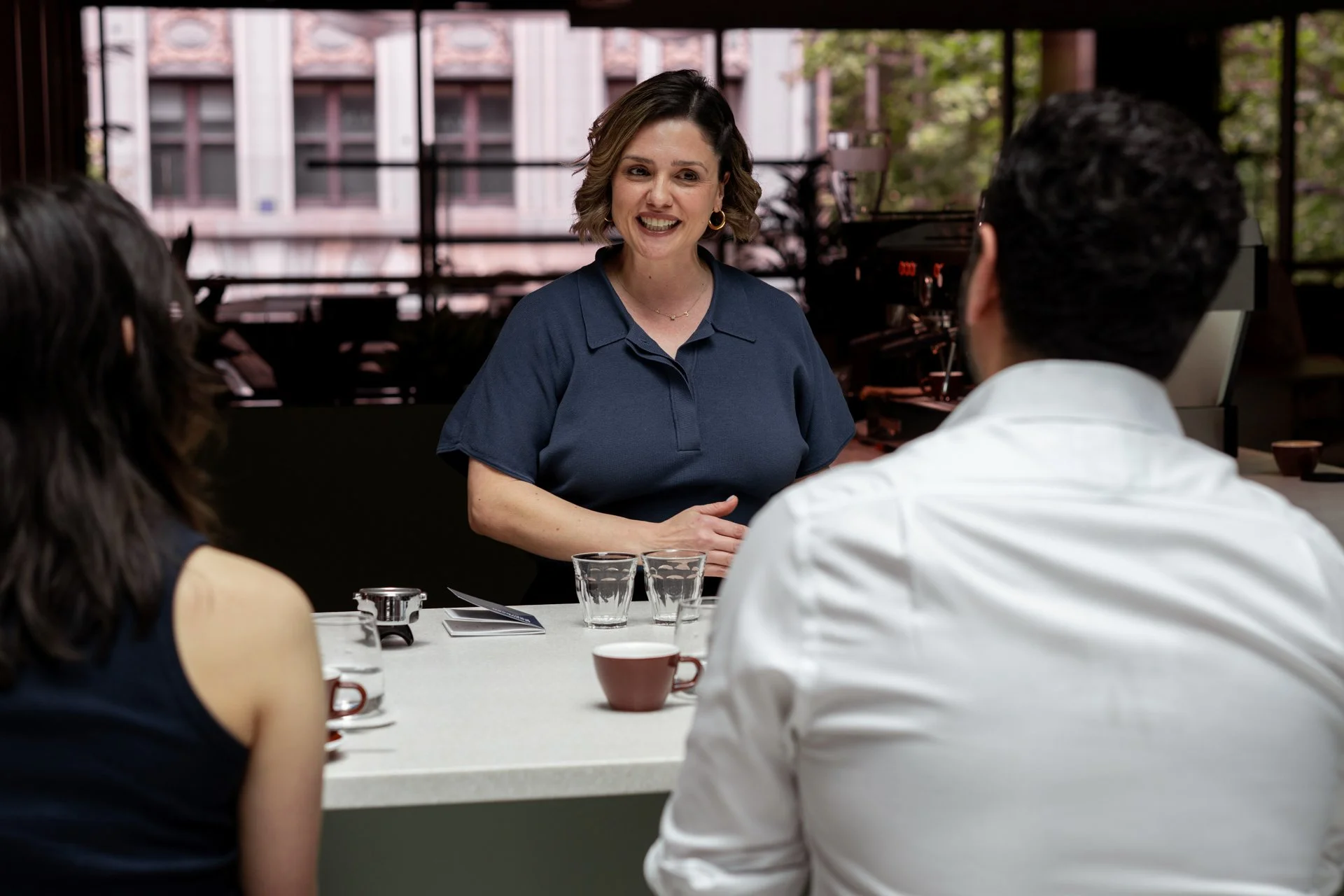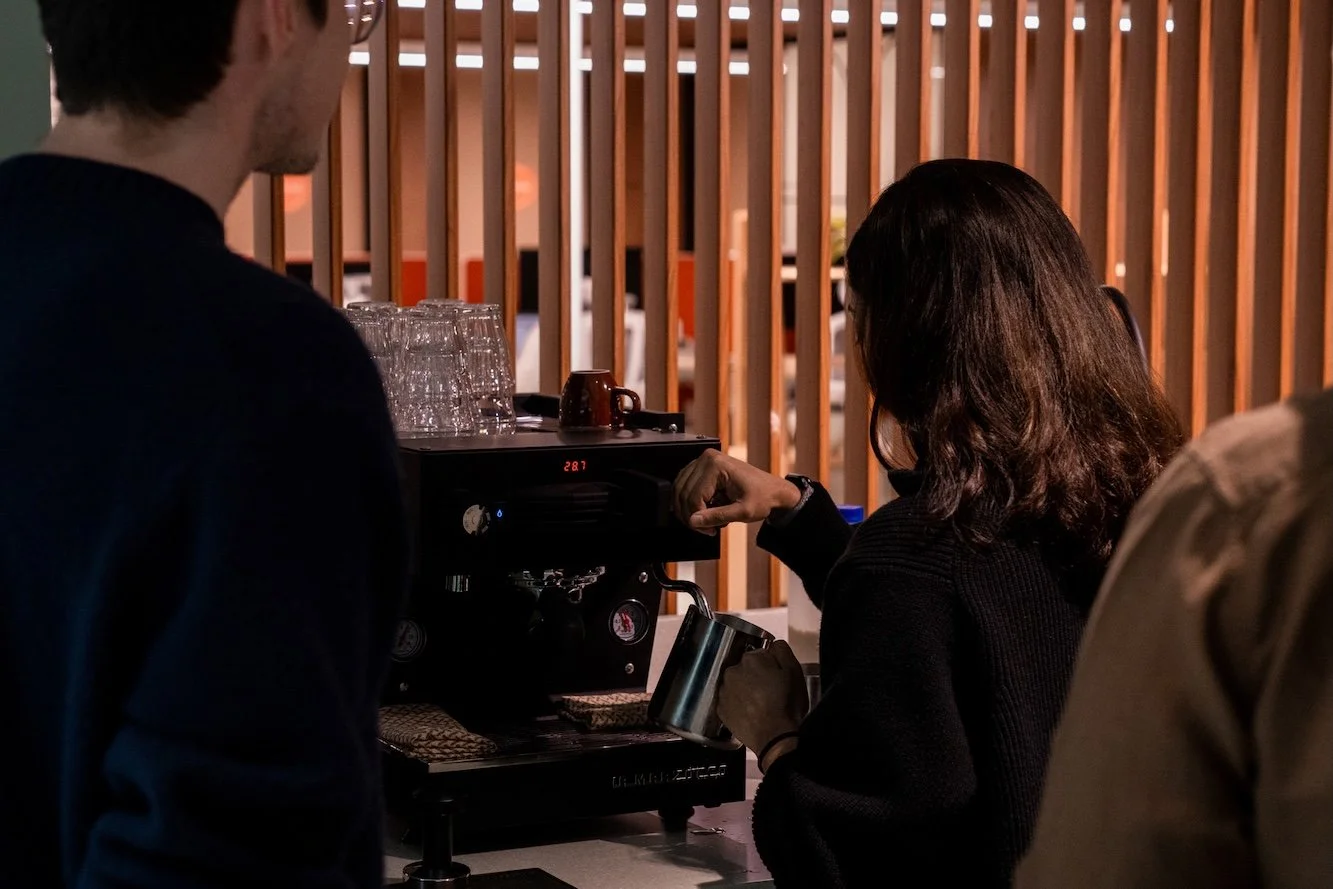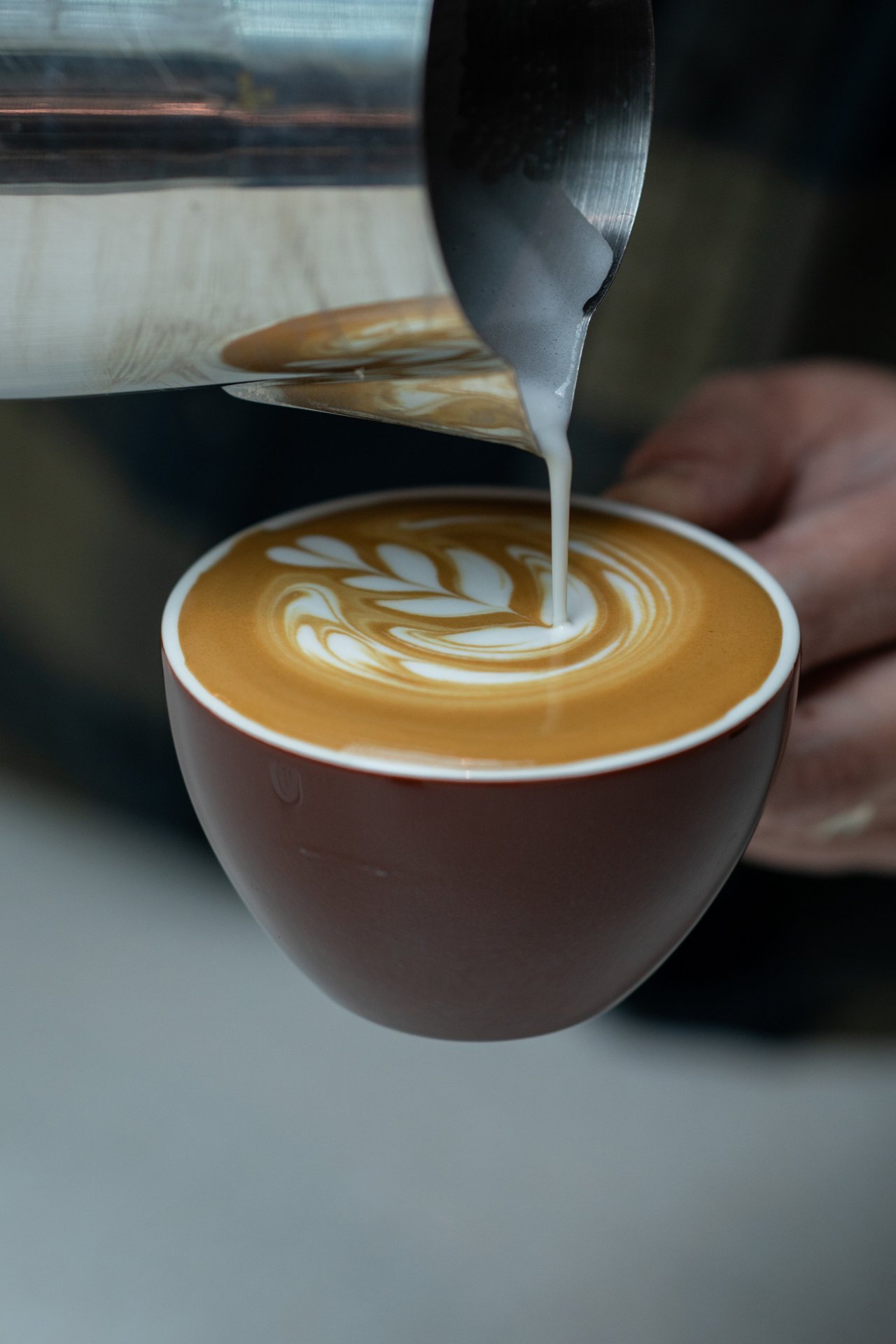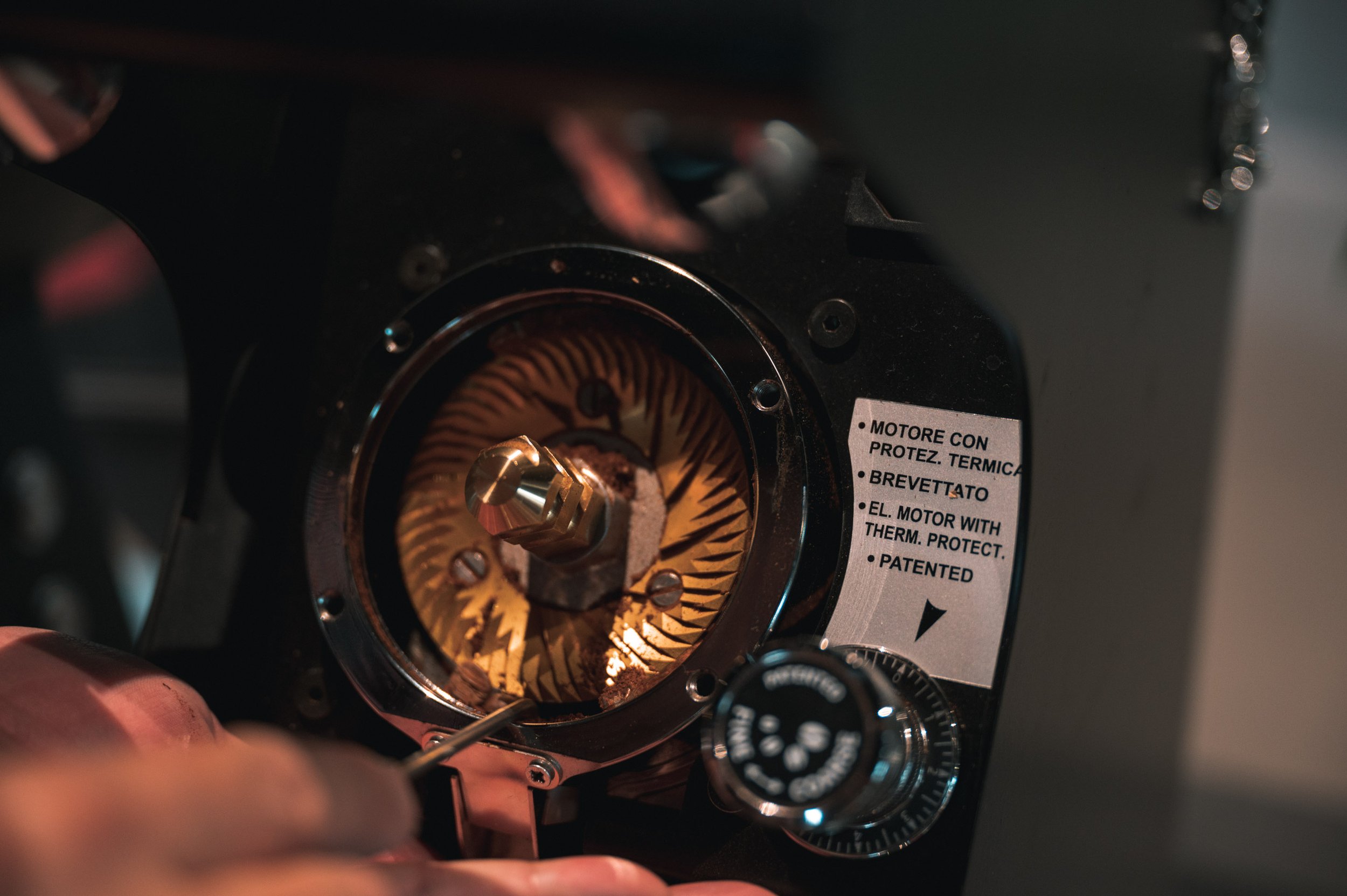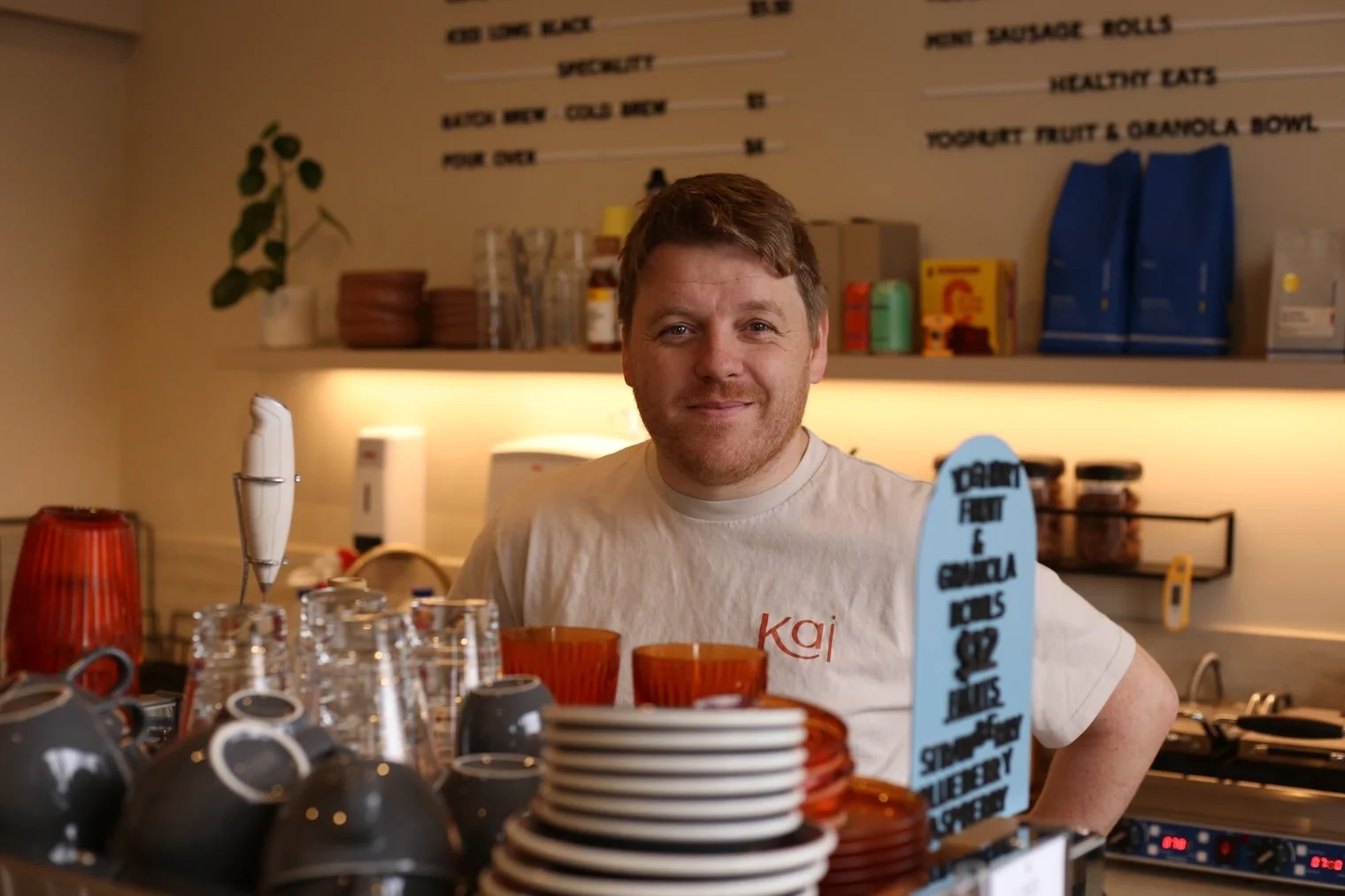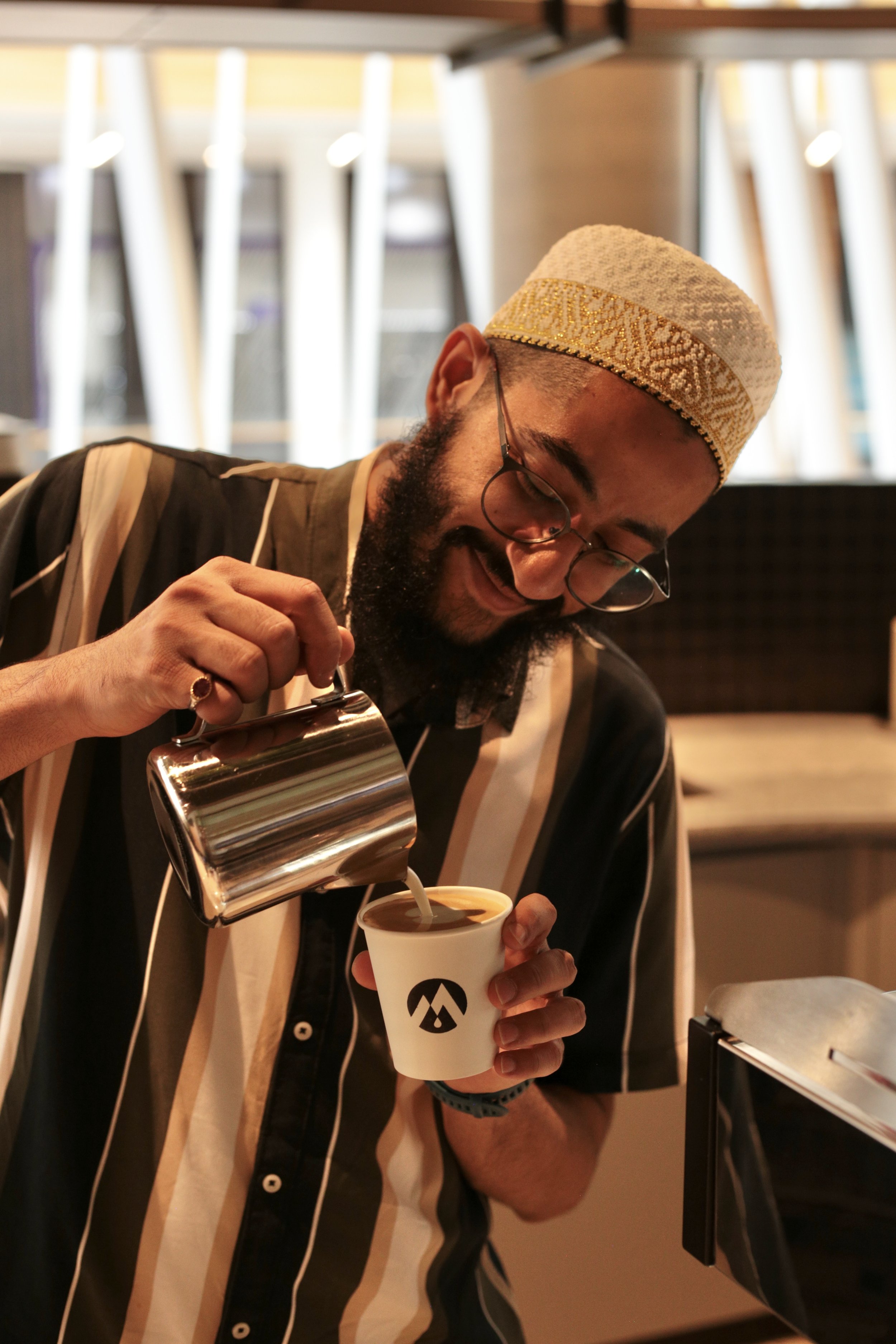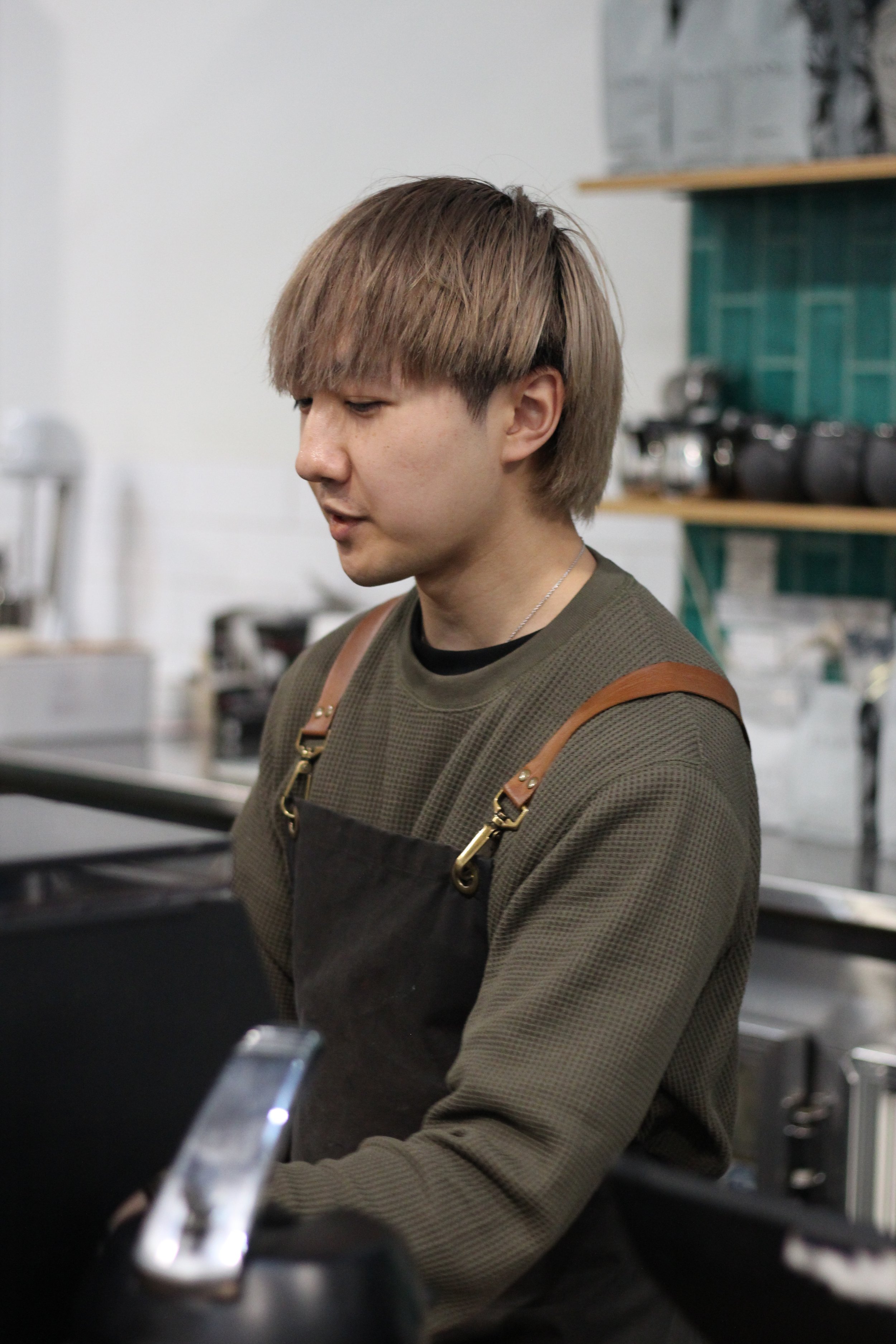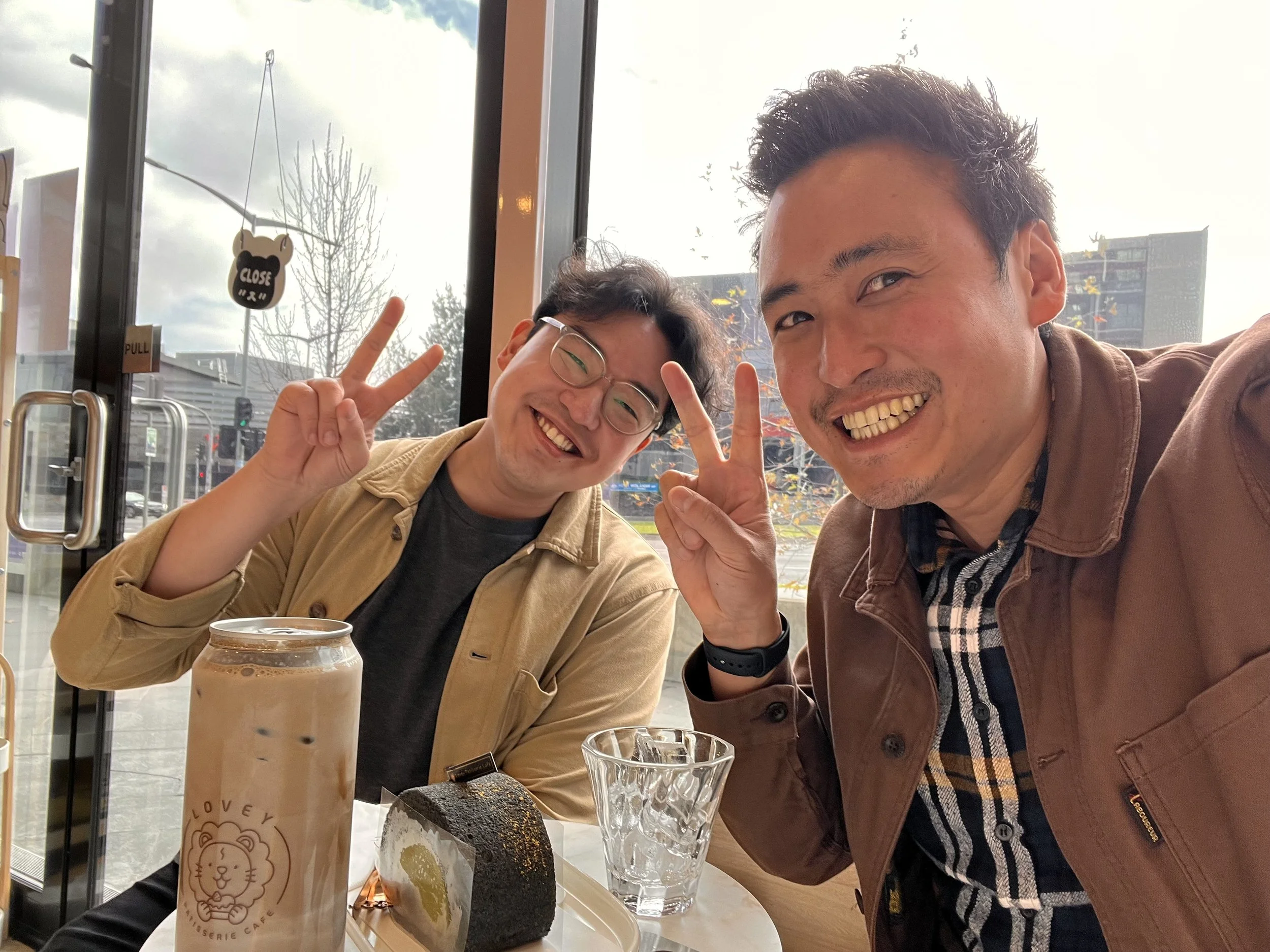A Major Step Forward for Barista Training in Melbourne
We have opened our new flagship training academy in the heart of the Melbourne CBD — a move set to reshape how aspiring baristas and coffee professionals learn, practise and enter the industry.
With Melbourne widely recognised as one of the world’s leading coffee capitals, the demand for quality barista courses in Melbourne has never been higher. Our new Collins Street space was built specifically to meet this shift.
Why a New City Location?
For many students searching for barista training in Melbourne, accessibility and trust are two of the biggest factors. Opening a centrally located CBD campus allows us to offer:
Bring our widely recognised barista courses to a central location.
Easy access for commuters, international students and hospitality workers
Training that mirrors real café environments
Closer connections with Melbourne’s busiest café precincts
More opportunities for job-ready students to meet local employers
The aim was simple: create the most convenient and immersive place to learn coffee skills in the Melbourne CBD.
Inside the Build
Designing and building this space was one of the most ambitious projects MCA has taken on. The goal was to move beyond a typical classroom setup and instead build a fully operational café-training environment that gives students hands-on experience from day one.
1. Designing Real Café Workflow
Before any construction began, our team mapped out how a real café moves during peak service — from bar flow, grinder placement and milk stations to how baristas rotate during rush periods. That workflow became the blueprint for the build.
2. Installing World-Class Coffee Equipment
Every workstation features the same equipment used in high-performing Melbourne cafés. During fit-out we:
custom-installed multi-station espresso bars
positioned grinders for realistic speed and workflow
built dedicated filter, espresso and milk-texturing zones ensuring students experience the exact pressures and pace of café service during their training.
3. Creating Space for High-Volume Training
Unlike many training providers that rely on minimal equipment or demonstration-only setups, MCA committed to a high-density training environment where every student actively makes coffee, not just observes it.
4. Premium Yet Functional Interior Design
The Collins Street space was intentionally designed to feel like a contemporary Melbourne café: warm finishes, commercial lighting, clean lines and an open-plan bar layout.
Students walk into a space that looks and functions like the workplaces they will eventually join.
What This Means for Barista Courses in Melbourne
The new city hub allows us to expand and strengthen the training Melbourne Coffee Academy is known for:
Each course now benefits from improved space, better equipment and more real-café training time — three factors that significantly increase job readiness.
For industry-focused students, this environment gives them practical experience that employers value most, helping bridge the gap between training and real café work.
A New Era for Coffee Education in Melbourne
The launch of our Collins Street location is more than just a move — it represents a new chapter for coffee education in Melbourne. As we step into 2026, our focus is on:
Developing new advanced barista workshops
Building deeper partnerships with Melbourne cafés, roasteries and equipment suppliers
Creating more opportunities for job-ready graduates
Continuing to refine how barista skills are taught in Australia
By expanding into the CBD, Melbourne Coffee Academy can now offer the most accessible, industry-aligned and hands-on barista courses Melbourne has to offer.


